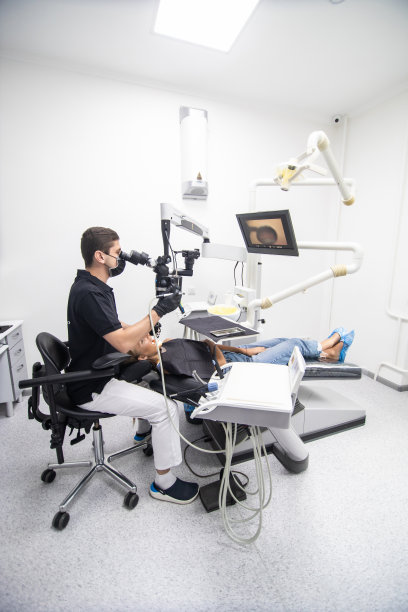The Key Steps and Considerations for Safely Extracting a Tooth in Dental Practice
Summary: Extracting a tooth is a delicate procedure that requires careful planning, execution, and post-operative care. In this article, we explore the four key aspects of safely extracting a tooth in a dental practice: pre-surgical assessment, the extraction procedure, post-operative care, and managing complications. By understanding these important steps and considerations, dental professionals can enhance patient safety and comfort, minimize risks, and ensure a smoother recovery process. Each aspect is critical in achieving a successful outcome for both the practitioner and the patient.
1. Importance of Pre-Surgical Assessment

The pre-surgical assessment is a vital step in planning a tooth extraction. This preliminary evaluation involves a thorough medical history review, which helps practitioners identify any underlying conditions or medications that may complicate the extraction.
Dental professionals should conduct a comprehensive oral examination, including radiographs, to visualize the position of the tooth and surrounding structures. This imaging is crucial for determining the complexity of the extraction and anticipating any potential challenges during the procedure.
Additionally, obtaining informed consent is a key component of the pre-surgical assessment. Patients should be educated about the procedure, risks, and alternatives, enabling them to make an informed decision regarding their dental treatment.
2. The Extraction Procedure Explained
The extraction procedure is the moment where careful technique is paramount. It begins with adequate anesthesia to ensure the patient’s comfort. Local anesthesia is typically administered, although sedation may be necessary for anxious patients or complex cases.
Once the area is numb, practitioners must follow a systematic approach to extract the tooth. This involves using the appropriate instruments and techniques based on the tooth type—simple extractions for visible teeth and surgical extractions for those that are impacted or have complex roots.
Maintaining control and ensuring adequate visibility during the procedure are crucial. The dentist must take care to avoid damaging adjacent teeth and soft tissues, which could lead to further complications and prolonged healing.
3. Effective Post-Operative Care Guidelines
Post-operative care is essential for a smooth recovery after tooth extraction. Once the procedure is complete, the dentist should provide clear instructions on how to manage pain and swelling, including the use of ice packs and over-the-counter medications.
Patients should also receive guidance on dietary restrictions during the initial healing period. Soft foods and adequate hydration are recommended to aid in recovery while avoiding any items that might disturb the extraction site.
Follow-up appointments should be scheduled to monitor healing and address any concerns. Educating patients about signs of infection or complications will empower them to seek help if needed, thereby ensuring better outcomes.
4. Managing Complications Effectively
Despite careful planning and execution, complications can arise during or after a tooth extraction. One of the most common issues is post-operative bleeding, which should be addressed with appropriate measures, such as applying gauze and maintaining pressure on the extraction site.
Another potential complication is dry socket, a painful condition that occurs when the blood clot fails to form or is dislodged. Dental professionals should educate patients on how to avoid disruptions to the healing process, including avoiding sucking motions and maintaining oral hygiene.
In some cases, infection may occur, necessitating antibiotics or additional interventions. Practitioners must remain vigilant in monitoring their patients and managing any complications that arise, ensuring optimal healing and patient satisfaction.
Summary:
In summary, safely extracting a tooth involves a meticulous approach that begins with thorough pre-surgical assessment, careful execution of the extraction procedure, diligent post-operative care, and proactive management of any complications. Each of these steps is critical in ensuring a positive experience for patients and improved outcomes for dental practitioners.
This article is compiled by Vickong Dental and the content is for reference only.


